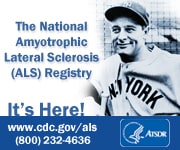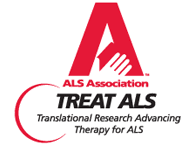What if it's something really simple that causes ALS?
January 29, 2008
Really?
The Claim: Never Drink Hot Water From the Tap
By ANAHAD O’CONNOR
THE FACTS
The claim has the ring of a myth. But environmental scientists say it is real. The reason is that hot water dissolves contaminants more quickly than cold water, and many pipes in homes contain lead that can leach into water. And lead can damage the brain and nervous system, especially in young children. Lead is rarely found in source water, but can enter it through corroded plumbing. The Environmental Protection Agency says that older homes are more likely to have lead pipes and fixtures, but that even newer plumbing advertised as “lead-free” can still contain as much as 8 percent lead. A study published in The Journal of Environmental Health in 2002 found that tap water represented 14 to 20 percent of total lead exposure.
Scientists emphasize that the risk is small. But to minimize it, the E.P.A. says cold tap water should always be used for preparing baby formula, cooking and drinking. It also warns that boiling water does not remove lead but can actually increase its concentration. More information is at www.epa.gov/lead or
(800) 424-5323 (LEAD).
THE BOTTOM LINE
Hot water from the tap should never be used for cooking or drinking.
scitimes@nytimes.com
I'll bet you don't brush your teeth with warm water after reading that.
Many people feel that ALS is caused by a genetic predisposition and an environmental trigger. What if the trigger is something simple like washing Idaho potatoes in warm tap water?
We'll never know until someone takes the public health problem of ALS seriously enough to start a complete roster of cases. Who knows what the triggers are! They could be simple and avoidable. Tomorrow's cases of ALS could very well be preventable if we only make the necessary effort to compile the data to figure out the triggers.
In the meantime, we all live our lives wondering if we have the predisposition as we walk through a minefield of potential triggers.









